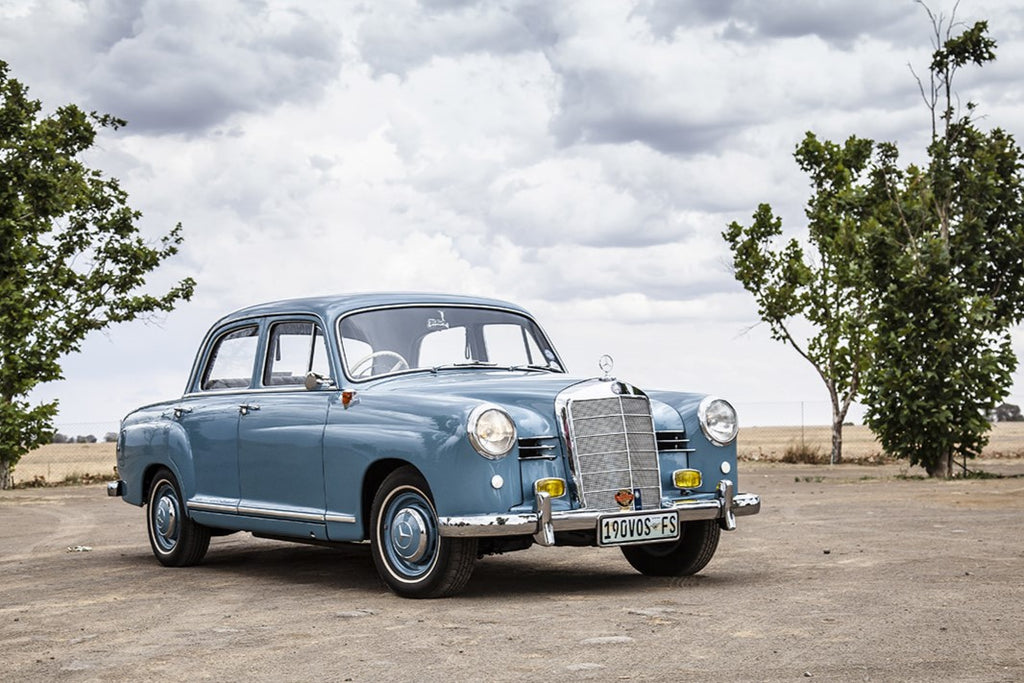In the same family for over half a century, we drive a classic Mercedes-Benz 190b Ponton that has a unique history.
Words: Wilhelm Lutjeharms
Images: Kian Eriksen
I have to admit that it was only a few years ago that I started to pay attention to Mercedes’s "Ponton" line-up. But that was my own fault. After driving one of these iconic Mercedes models for the first time my perception changed, and this specific example brought this range into further focus for me. The more time you spend with a car, even when it belongs to someone else, the more you pick up on little details that stand out or draw your attention.
That is was what happened upon further exploration of this particular 190. Apart from the perfect condition of this car, one of the stand-out design elements are those side mirrors with their elegantly curved stalks. They are so pure and clean, a design mirrored in the all-round "soft" design of the car.
The history
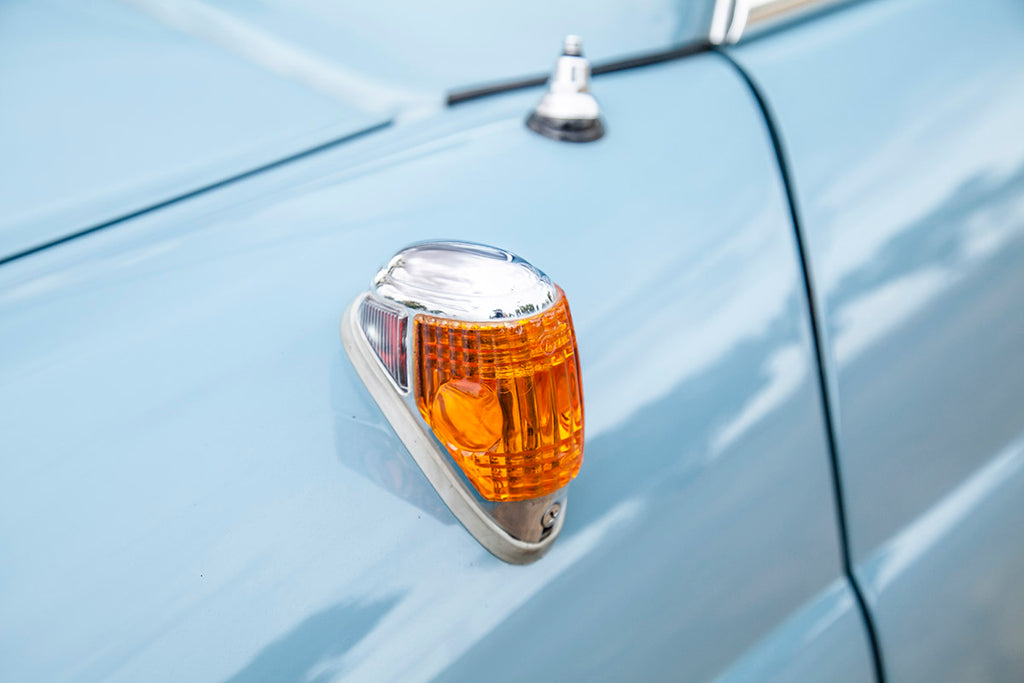
The Ponton line-up was quite extensive at the time. It was divided into several models, which included petrol and diesel variants, as well as four- and six-cylinder models. Interestingly, today Mercedes-Benz classifies the four-cylinder models as a predecessor to the E-Class and the six-cylinder models as predecessors of the S-Class.
The 190 was built during a relatively short period of time, from March 1956 until August 1959. During that time, 60 991 units were produced. At its launch, the vehicle was priced at DM 9 450, slightly more than the 180 (DM 8 700) from 1956, but more affordable than the 219 (DM 10 500), also from 1956. Interestingly, servo brakes were an option at DM 300, and they are not fitted to this car. An automatic transmission only became available in the Ponton range from August 1962, at a substantial DM 1 400 cost.

It is not often you come across a car that has been in the same family for more than half a century. This pristine 1958 190 Ponton has belonged to the Vos family since 1963 (one of around 16 000 produced in that year), after a friend had sold the car to the current owner’s father. What was originally a humble family sedan, turned into a concours winner, and finally a car forming part of a small, but perfect Mercedes-Benz collection.
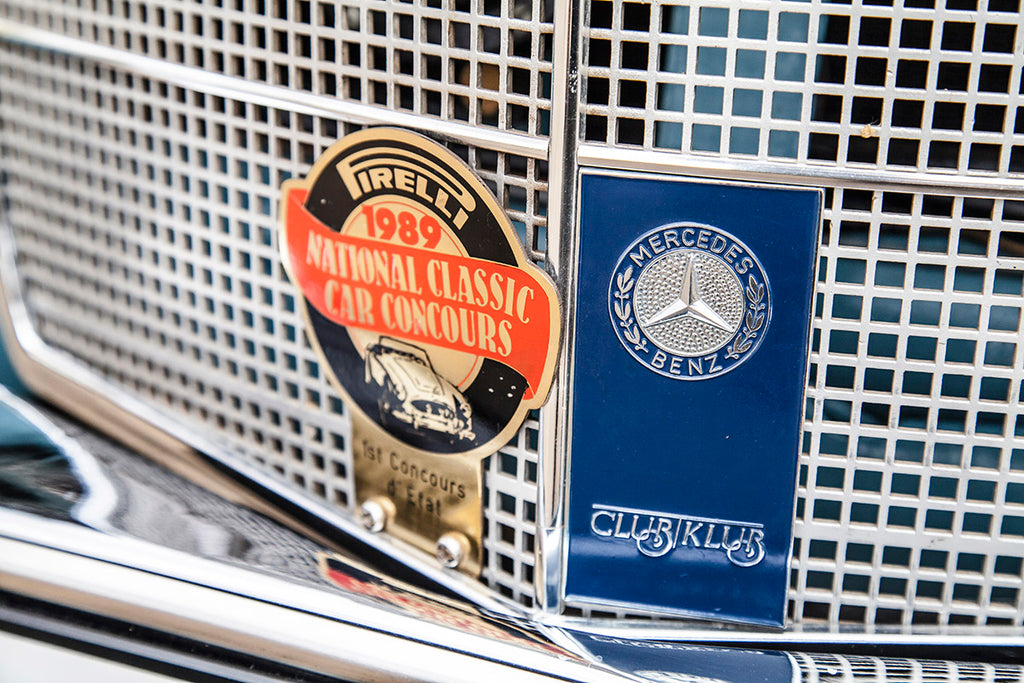
This Ponton has, however, not been in perfect condition all its life. As the owner explains: “The car received several dings and bumps throughout its life time, as it was used as a daily runner, which included family holidays. As it was in a precarious state, I eventually decided in the early 1980s to restore it”.
The concours event
The restoration process kicked off with the fixing of a few problems on the car, and then, as is often the case with these projects, it grew bigger and bigger and the to-do-list became longer and longer. In the end, the body was totally restored, and that was the most intensive part of the restoration.
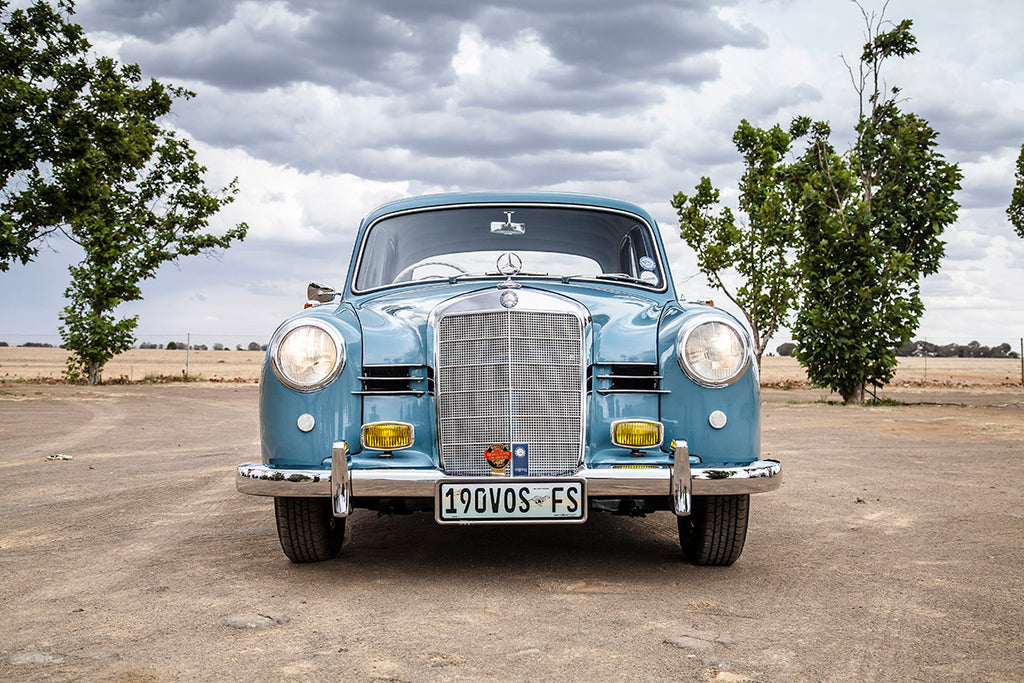
As part of the 1986 centenary celebrations of Daimler, the owner was one of two Mercedes owners who were invited to compete against several other cars from different manufacturers at the South African National Classic Car Concours event. As it was a national event, the competition was fierce.
Around 50 car clubs participated, resulting in some serious competition across the board. As this was the car’s first concours outing, the Ponton achieved a respectable 14th place. That evening, while the owner and his wife were driving home, he told her: “Next time I want the car to achieve a better ranking”.
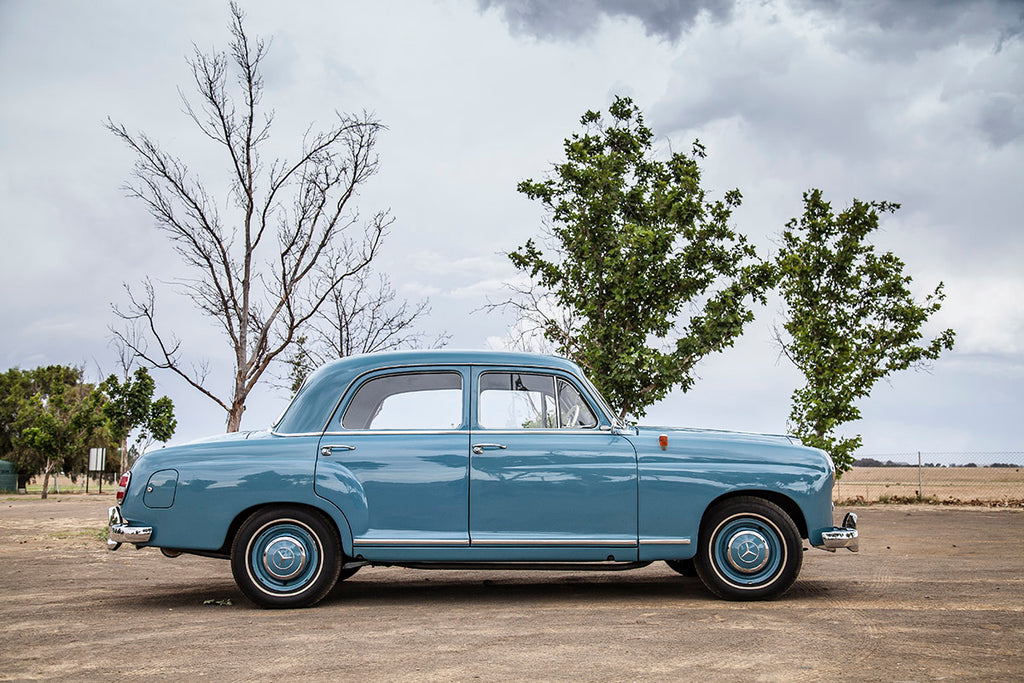
That very next weekend, the judges' scorecard was analysed in detail and the owner started to address each area in which he had been marked down. This included the car’s seats and the engine bay, to name but two. The seats were neatly reupholstered while the engine bay was also restored.
After the car had been overhauled in early 1989, the concours event was almost a repeat of the one in 1986. Again the Ponton was one of two Mercedes' to represent the national Mercedes club. After one of the wheels of the Ponton had accidentally come loose earlier during the day, it took a lot of sweat and hard work to get the car ready in time for the main event.
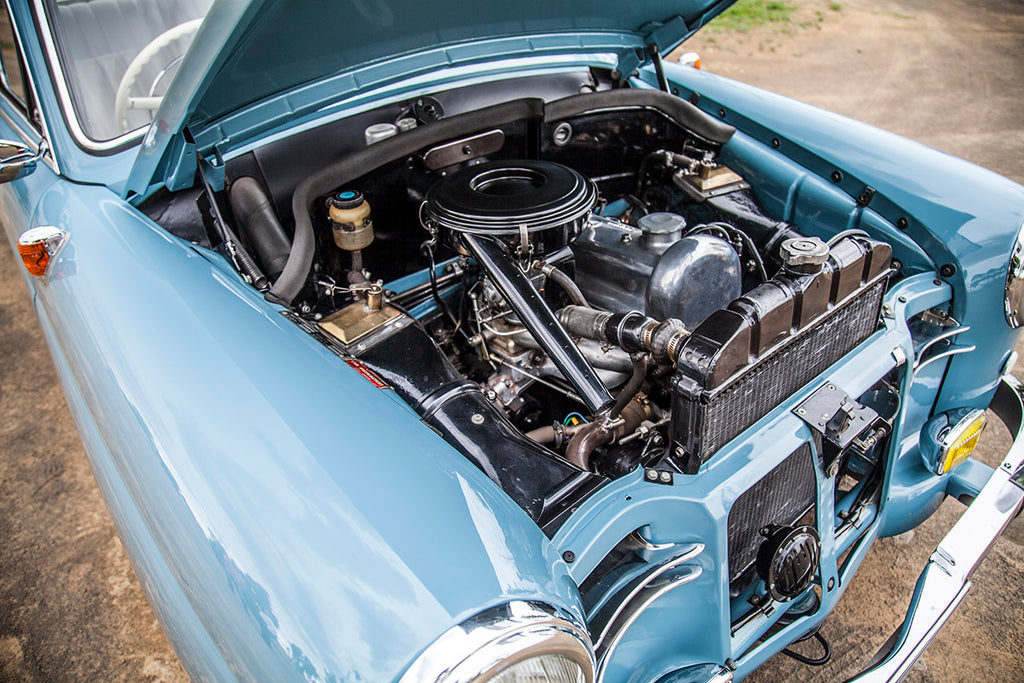
Finally, it was announced, to the owner’s utter surprise, that the 190b took the overall winner’s prize. Another surprise was the photo opportunity of the car with himself and the newly-crowned Miss South Africa of the time.
Now, more than three decades later, it is hard to believe that it has been that long since the Ponton received all the attention and hard work leading up to that second event.
Behind the wheel
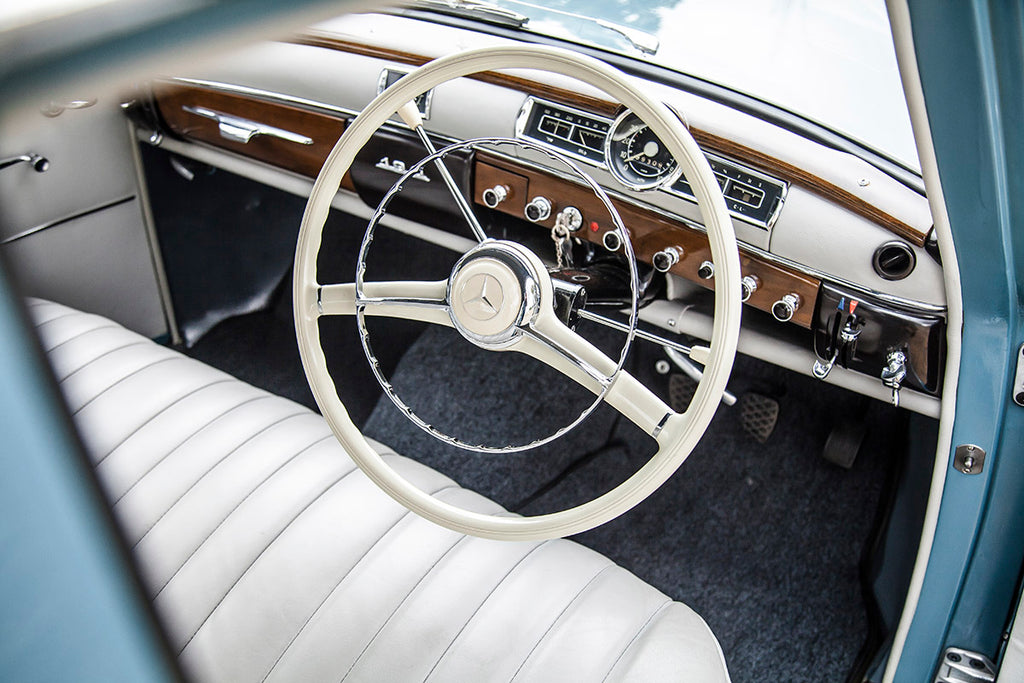
As we open the bonnet, the effort that went into the restoration of the engine bay is immediately visible. It has been kept in excellent nick during the following years. As with several Mercedes' from this era, as well in the decades that followed, the wheels and wheel hubs are colour-coded, contributing to the luxurious appearance of the car.
Open the luggage compartment, and although there is absolutely nothing deluxe about this space, it is spotless with the visible spare wheel and all the equipment needed to change a wheel being present. To prevent luggage from scratching the floor, the original rubber cover can still be found at the bottom of the compartment.
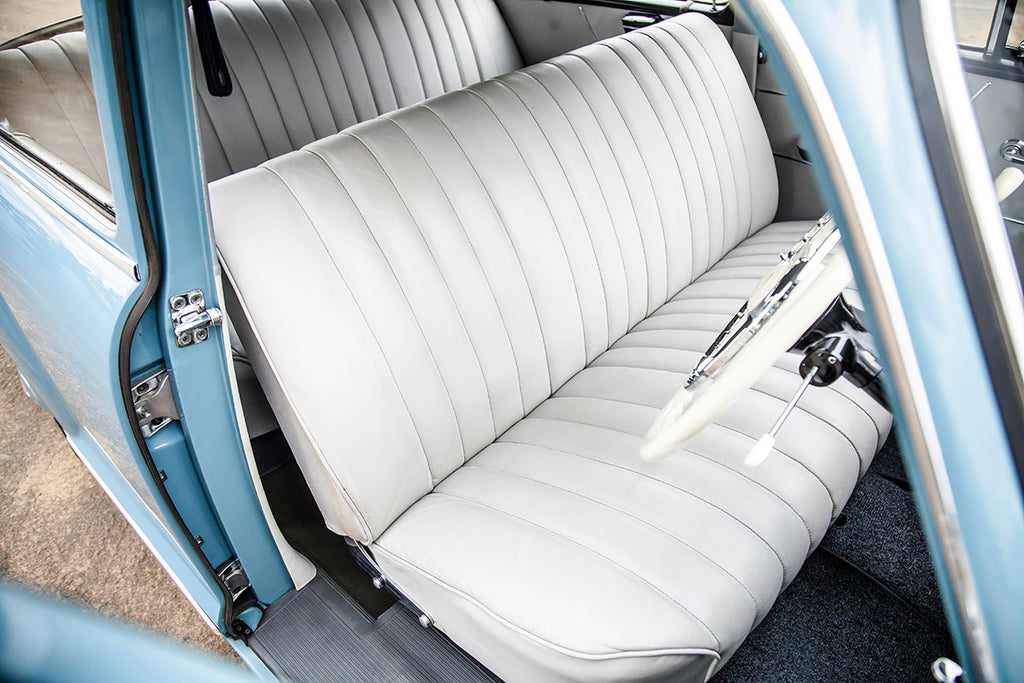
Inside the car I can’t stop myself from running the back of my hand along the wooden dash, the seats and several other trim pieces of the interior. The lower third of the dash is also covered in wood, featuring several organ-type pull stops as well as the ignition slot. Right in the middle of the dash is the speedometer with a further two dials on both sides. Looking through the windscreen, my view over the rounded bonnet is dominated by the soft wings on both sides of the tri-star emblem.

Even though the car was restored in the '80s, three decades later it still looks utterly sublime. The current set of carpets is actually only in place to protect the original set, which can still be seen underneath the present, loose carpets!
The seats are fairly comfortable, while the thin-rimmed steering wheel transports you back to the middle of the 20th century. You will be excused for thinking the steering column-mounted gearlever present in most modern Mercedes' is something new, but the Ponton range also featured these, here in a manual format with a very mechanical feel to the shift action. The result is that you can guide the lever towards you and up for first gear, followed by an easy downwards pull for second gear.
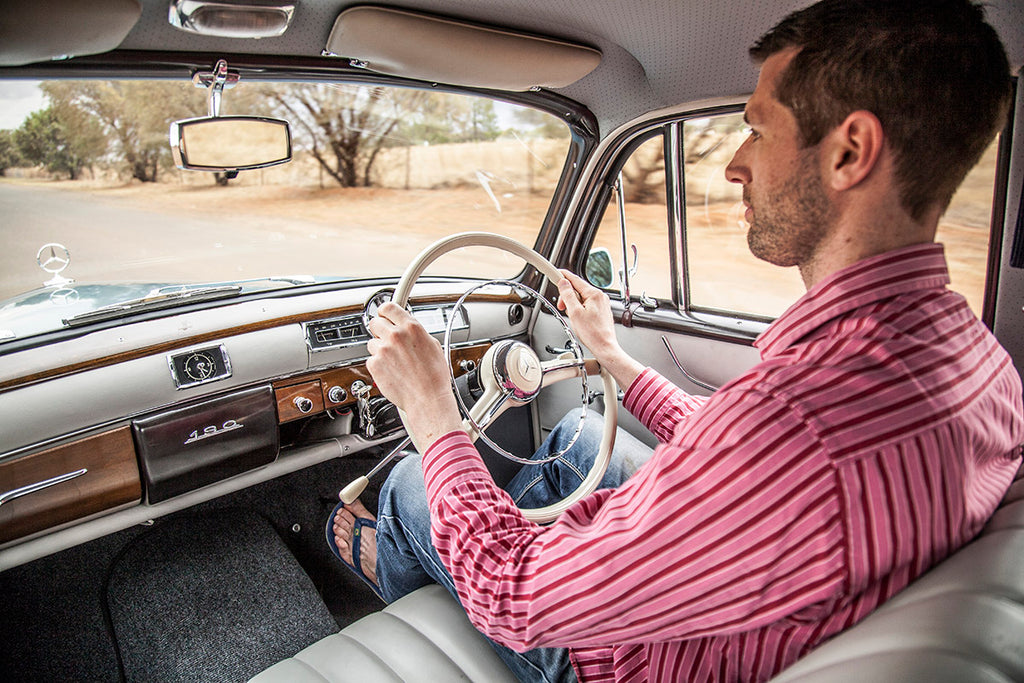
It is a process that comes more naturally that you might expect. One does not anticipate real performance from the 1,9-litre engine, but I keep my foot flat through the gears to see what the car is capable of. As the needle slowly makes its way towards the 60mph mark, I back off. After all, the car was built to accommodate passengers, or a family, and carry them in relative comfort at modest speeds.
As we head back to the owner’s home, I laugh as I allow myself to take one particular corner with an unnecessary level of enthusiasm. As I turn in I realise I am hanging on to the steering wheel so that I don't simply slide away from my seating position along the open front bench!

Although the road surface is moderately good, the 190 still impresses with a solid feel, and I can’t detect any notable rattles. This feeling is further reinforced by the fact that the car has done only 99 300 miles (158 880 km).
However, when we arrive back at the owner’s garage, he smiles and shares a short anecdote with me: “I was nine years old when my father bought this car, and as you do when you are a teenager, you take some chances. I fondly remember how hard I drove this car, spinning the wheels for pure fun. Today, I almost can’t believe what I did, and how the car, thankfully, survived it all!”
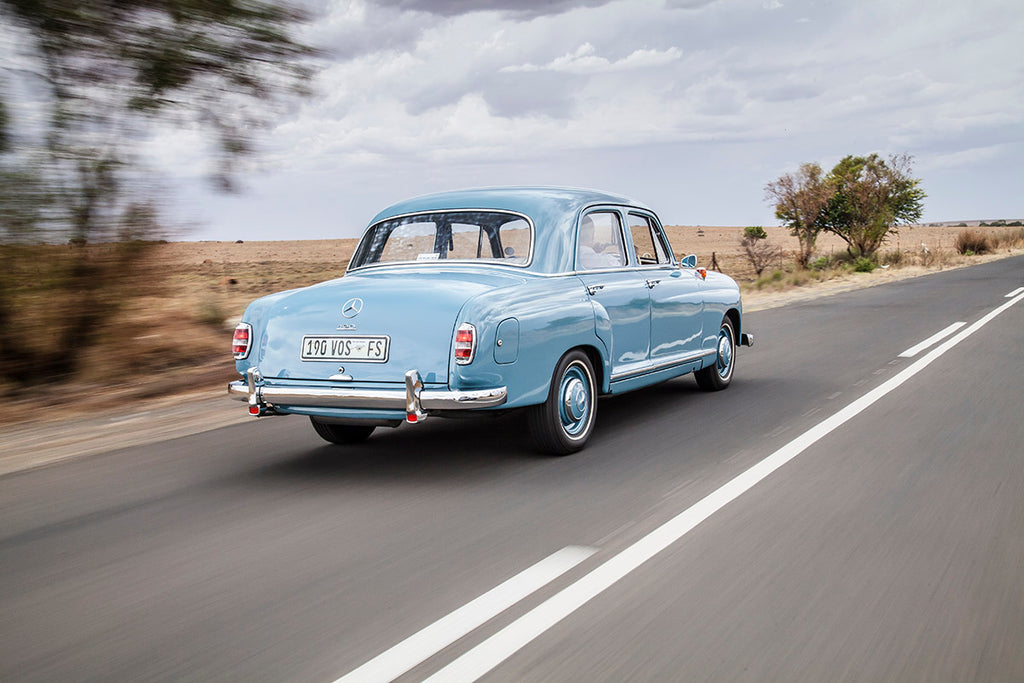
This Ponton has experienced a colourful life, and is still regularly taken to club outings. Before the Ponton is pulled back into the garage, and parked next to a few of its contemporaries, the owner opens the car’s folder and shows me a few magazine and newspaper articles about the 1989 event.

There is always something special about a car which was never meant to be more than a vehicle to carry passenger from point A to B, but, which has had such an interesting history, and which has been loved and maintained over so many decades.
Specifications:
Engine: 1.9-litre, four-cylinder, petrol
Power: 55 kW at 4 600 rpm
Torque: 137 Nm at 2 800 rpm
Transmission: 4-speed manual, RWD
Weight: 1 200 kg
0-100 km/h: 20.5 seconds
Top speed: 140 km/h
Years produced: 1956 – 1959

